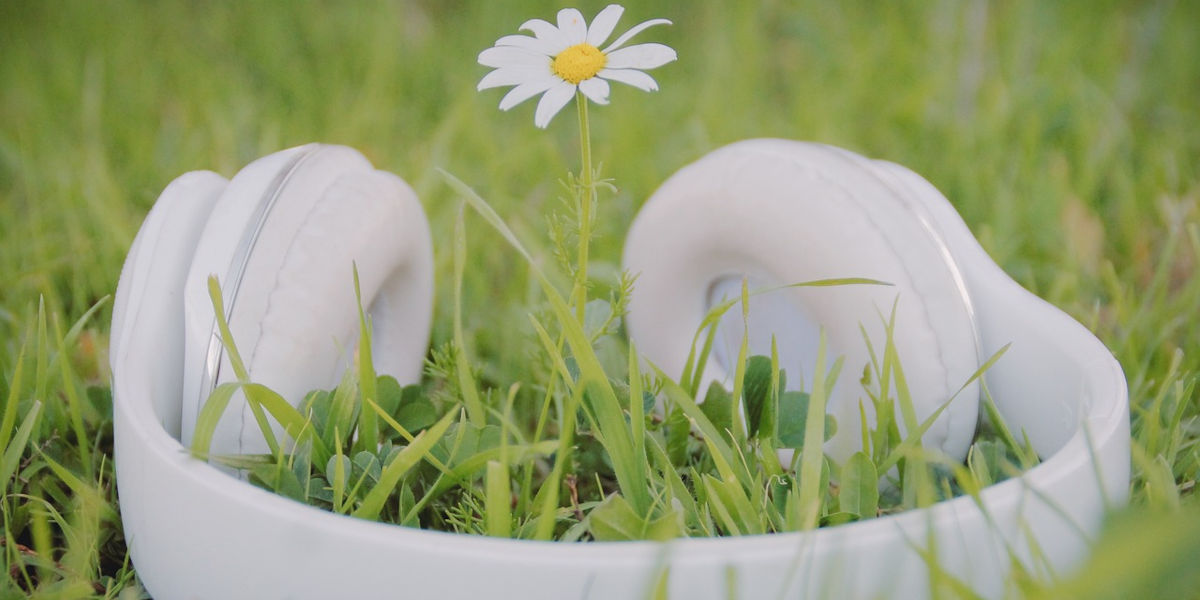Can Mozart make your marigolds bloom? Is Beethoven beneficial for your begonias? While these questions might sound peculiar, the exploration into the effects of music on plants has garnered significant attention in recent years. Biologists, botanists, and casual plant enthusiasts alike have embarked on a fascinating journey to understand the intricate relationship between plant growth and sound.
A Melodic Introduction: tuning into the effects of music on plants
The study of music's impact on plant growth is anchored in the broader discipline of plant bioacoustics – a field investigating how plants respond to various acoustic energy forms. The central premise here is simple yet profound: does music affect plant growth? From preliminary experiments conducted by backyard gardeners to rigorous studies by leading researchers, the notion that music, specifically sound waves and their vibrations, interacts positively with plants is finding fertile ground.
Resonating Frequencies: The universal language of growth
The connection between music and plant growth is not as far-fetched as it first appears. It rests on the principle that all life forms, plants included, vibrate at certain frequencies. These vibrations are not only the essence of life, but they function as a sophisticated language that transcends traditional methods of communication.
It helps to consider plants more as sentient beings rather than static entities. They can sense their environment and react to stimuli such as light, temperature, touch, and notably, sound. Thus, incorporating the dimension of sound, particularly music, carries implications for better understanding and optimizing plant growth and development.
Listening to the Green: Does music affect plant growth?
The question of whether music affects plant growth is more than just academic curiosity. It's about tapping into an alternative and potentially transformative method of nurturing plants. We've all heard anecdotes about plants flourishing when spoken to or played music; now science is beginning to catch up with these persistent tales.
Current research indicates that sound waves, including those produced by music, can stimulate plant growth. This is because sound waves are a form of mechanical energy that can trigger physiological responses in plants. These reactions may influence plant morphology and biochemical processes, thereby encouraging more robust growth.
The type of music and the frequency of sound also seem to have a significant role in these botanical responses with some evidence suggesting that classical music, in particular, may optimally benefit plant growth. But why should this be the case?
Frequencies and Photosynthesis: A dance of growth
Photosynthesis, the process by which plants convert light energy into chemical energy, underpins their growth. It now appears that music, particularly at specific frequencies, can enhance this critical process. In essence, when plants 'hear' music, it can stimulate their photosynthetic systems and lead to enhanced growth and vitality. But how does this melodic interaction take place? Let's dive a little deeper into the green symphony of growth.
Delving deeper into what growth entails for plants, it's essential to understand that plants possess rhythmic genetic sequences and patterns that closely parallel the harmonic music structures composed by human beings. Imagine being serenaded all day, every day. Wouldn't it leave an impact on you? Similarly, plants, though incapable of hearing in the traditional sense, are surprisingly in-sync with the melodious rhythm of music. But the question remains: how does music affect plant development? Is it just a moot theory or a scientifically supported fact? Let's explore.
Vibration and Frequency: A Fundamental Connection
Plants are profoundly sensitive to vibrational energies, interacting with a wide array of frequencies, from the gentle rustling of leaves to the heavy hum of industrial machinery. Numerous experiments have concluded that certain frequencies and types of music can indeed promote better development in plants. In general, melodious, classical music, which has a well-structured frequency, has been found to be the best genre for plant growth.
The Mozart Effect on Plants
One of the most substantial pieces of evidence supporting this theory is the 'Mozart Effect,' a term coined to describe the positive influence Mozart's music supposedly has on plant growth. The theory claims that Mozart’s complex musical patterns can stimulate protein production in plants, increasing their growth rate. Indeed, several plant biologists and researchers agree that the symphony of growth is noticeably more prominent with Mozart's influence.
The Underlying Science
But how does this happen? It all links back to the fact that music is essentially a series of sound waves with particular frequencies. These frequencies cause vibrations, which, when absorbed by plants, can stimulate their photosynthesis process and increase plant growth. The vibrations can trigger the movement of plant protoplasm, the living content of cells that contribute to the vital functions of growth and reproduction.
Moreover, the rhythmic patterns in music could influence the gene expression in plants at the DNA level, further pushing their growth. Therefore, music isn't just a means of creating a pleasant ambiance for us humans, but it is potentially a growth-stimulating instrument for our green companions as well.
In Conclusion
In the grand orchestra of life, even plants sway to the symphony of growth. The bond they form with music is a testament to nature's interconnectedness and the harmonious existence within our world. As we further explore this intriguing correlation between music and plant growth, the tune of nature continues to play the wonderful rhythms of growth and existence, a symphony that both plants and humans are a part of.




